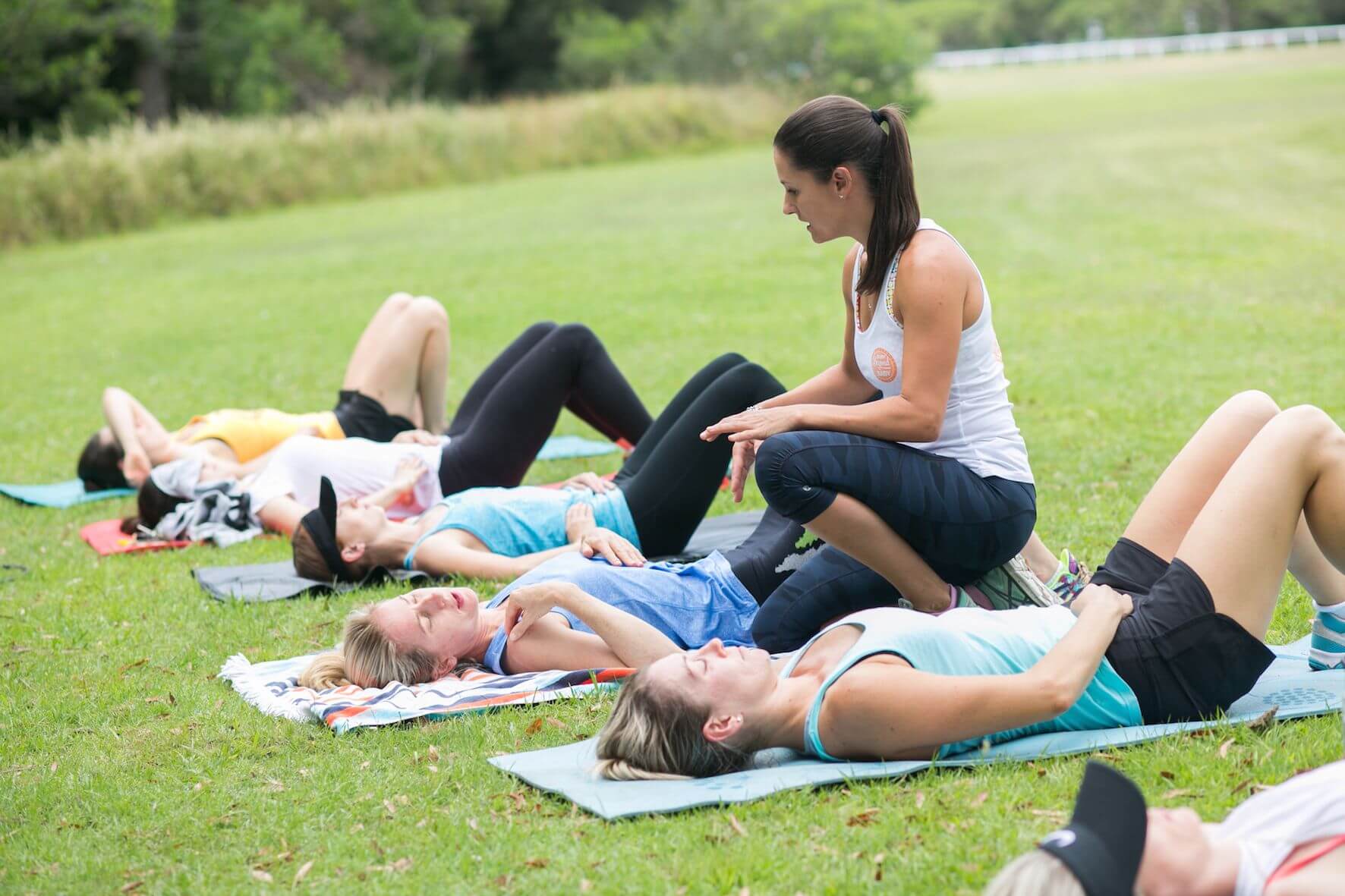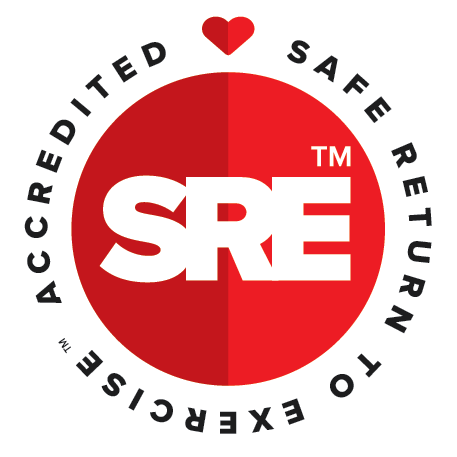Building True Core Strength in Pregnancy and the Postpartum Period

When exercising in pregnancy and the postpartum period it is important to understand what our ‘true core’ actually is and the sooner we learn how to activate it from the inside out, the better.
As MumSafe trainers, when we are working with you either in pregnancy or postpartum, we often start your journey by explaining that there are four-layers of tummy muscles; rectus abdominus, external oblique, internal oblique and transversus abdominis (TA). We talk about the fact that when many people think to train their core they might choose movements such as a sit-up or a crunch, twisting moves and strong plank holds. For the majority of people, who haven’t been taught how to activate their ‘true core’, these exercises mostly work the outer layers – the rectus and oblique muscles.
We then go on to explain that your transversus abdominis (TA) is part of your ‘true core’ and can be seen as a ‘canister’ alongside pelvic floor, multifidus and the diaphragm and that, to stay strong, or build strength during pregnancy and into the postnatal period, we focus on pelvic floor and TA.
As MumSafe trainers we also understand the importance of the language we use when we encourage you to work your ‘true core’. Traditional core related cues include phrases such as brace, tense or on and these may actually encourage more of a stiff position which in turn, can create more intra-abdominal pressure. They don’t necessarily put you a stronger position. In some cases, it can push out a weak pelvic floor and/or abdominal wall creating more weakness in the system.
When you brace, tense and tighten you are only working with the top layers of your abdominal muscles – your rectus and obliques. For the postnatal population along with those who sit for long periods of time with a tilted pelvis, rounded back and hunched shoulders, this is ineffective in building ‘true core’ strength – that is, strength built from the inside out.
Over many years of experience, we have found it more effective to change the phrases we use to ‘activations’ and ‘awareness’ when teaching you how to properly engage your inner core; pelvic floor and TA.
The best way to truly learn and understand this for yourself is to work alongside a Women’s Health (or Pelvic Health) Physiotherapist who can use tools such as real time ultrasound to effectively teach and assess that these internal muscles are working effectively. This will also offer you a full picture of where you are right now AND how to exercise safely and effectively moving forward.
Here are three inside out activation exercises we use regularly with our clients.
They may seem simple but when we are working with these muscles remember less is more. You may be surprised how difficult you find these exercises when you stop trying to brace or try too hard.
1. Lying pelvic floor and abdominal breathing exercise
A perfect starting position for anyone (pregnant mums over 20 weeks should move into side-lying)
- Start lying on your back
- Knees are bent and feet are hip width apart
- There is a straight line running from hips down to ankles so knees are not knocking in or falling out to the side
- Relax your shoulders
- Your spine is in neutral, so avoid over-arching of the lower back or pushing it into the ground
- Take one hand and place it on one of your obliques you will find this just underneath your rib cage towards the side of your torso
- If you do a little cough or move from side to side you will feel your oblique pop up.
- Now you have felt it activate and know where it is – you can keep your hand on it but you don’t want to feel it activate again
- Take your other hand and lay it from hipbone to hipbone or across your undies line (assuming you are wearing low-rise undies) – this is the area you are going to concentrate on throughout this exercise
- When you are ready, take a natural breath in, breathe all the way out and then draw in and up through your pelvic floor (I use the very glamorous analogy of imagining you have a tampon inserted and you are gently trying to squeeze it in and up when talking about a pelvic floor activation – remember to keep bum and back passage relaxed)
Once you have got your pelvic floor contraction right we can move on to add your TA activation
- Take your natural breath in and as you breathe out gently draw your pelvic floor in and up then start to peel the skin away from your undies line towards your tailbone to activate your TA
This is a gentle movement and is generally about a lot less than what you may think you should be doing. There is no big ‘tensing’ or ‘bracing’ of the abdominals.
If you feel your obliques pop up or activate at any time, you should pull back and try your TA activation breath a little more gently.
2. Table top pelvic floor and TA breathing exercise
- On all fours
- Knees are directly under hips
- Hands directly under shoulders
- Shoulders are down towards hips and elbows soft
- Traps nice and relaxed
- Neutral spine and awareness through the abdominals
- Continue breathing exercise as in ‘Lying Abdominal Breathing’
- Stay strong through the shoulders
3. Table top opposite arm to leg extension
- On all fours
- Knees are directly under hips
- Hands directly under shoulders
- Shoulders are down towards hips and elbows soft
- Traps nice and relaxed
- Awareness through the abdominals and neutral spine
- Move the opposite arm and leg slowly out to the back maintaining stability through the body
- Slowly replace the hand and knee back on the ground
- Repeat on the other side with as little movement as possible through the transition
- Remember the work is not in the limbs that are moving but in the trunk that is stabilizing
- Don’t take the back-leg extension too high
Mum-focused author, educator and business owner, Jen Dugard is on a mission to ensure every woman is safely and effectively looked after when she becomes a mother. She is a highly qualified trainer and fitness professional educator and has been specialising in working with mums for over a decade. MumSafe is the go-to place online for women to find mum-focused fitness services that are all accredited, experienced and partnered with women’s health physios so you know you are in very safe hands.
